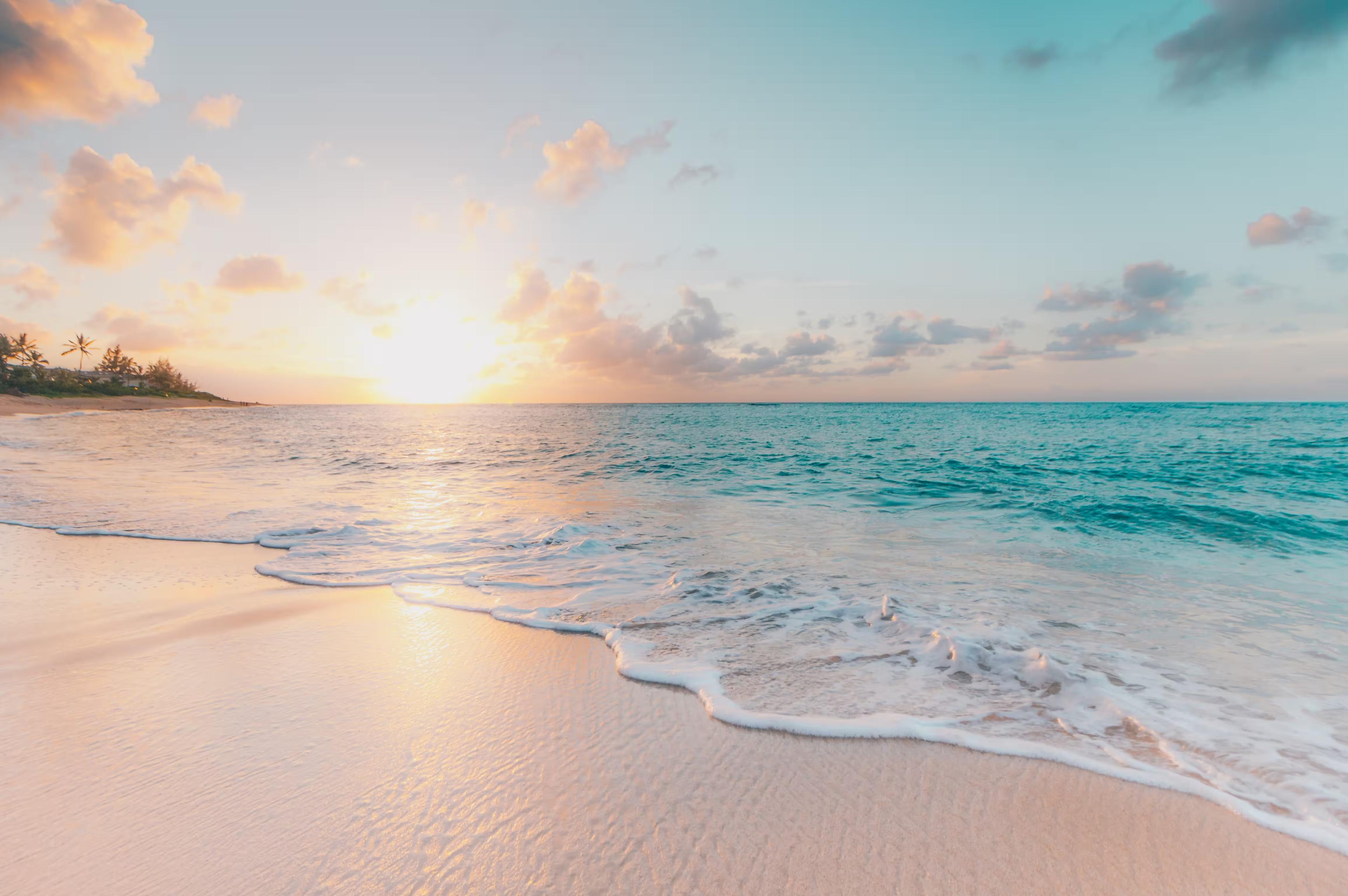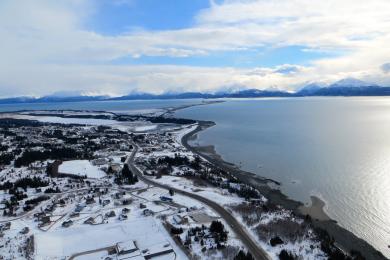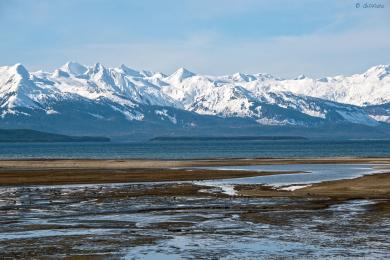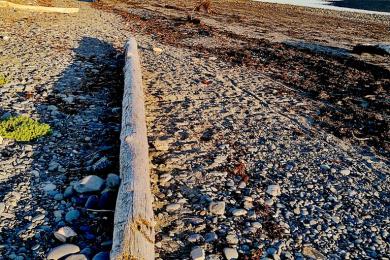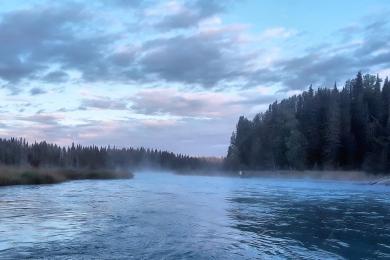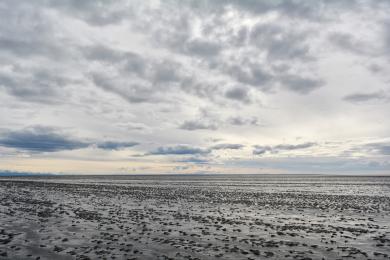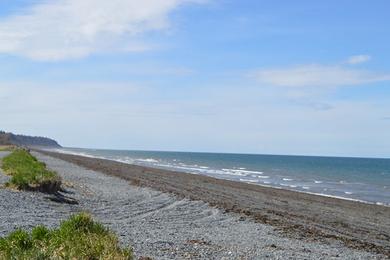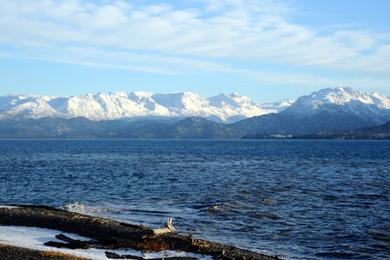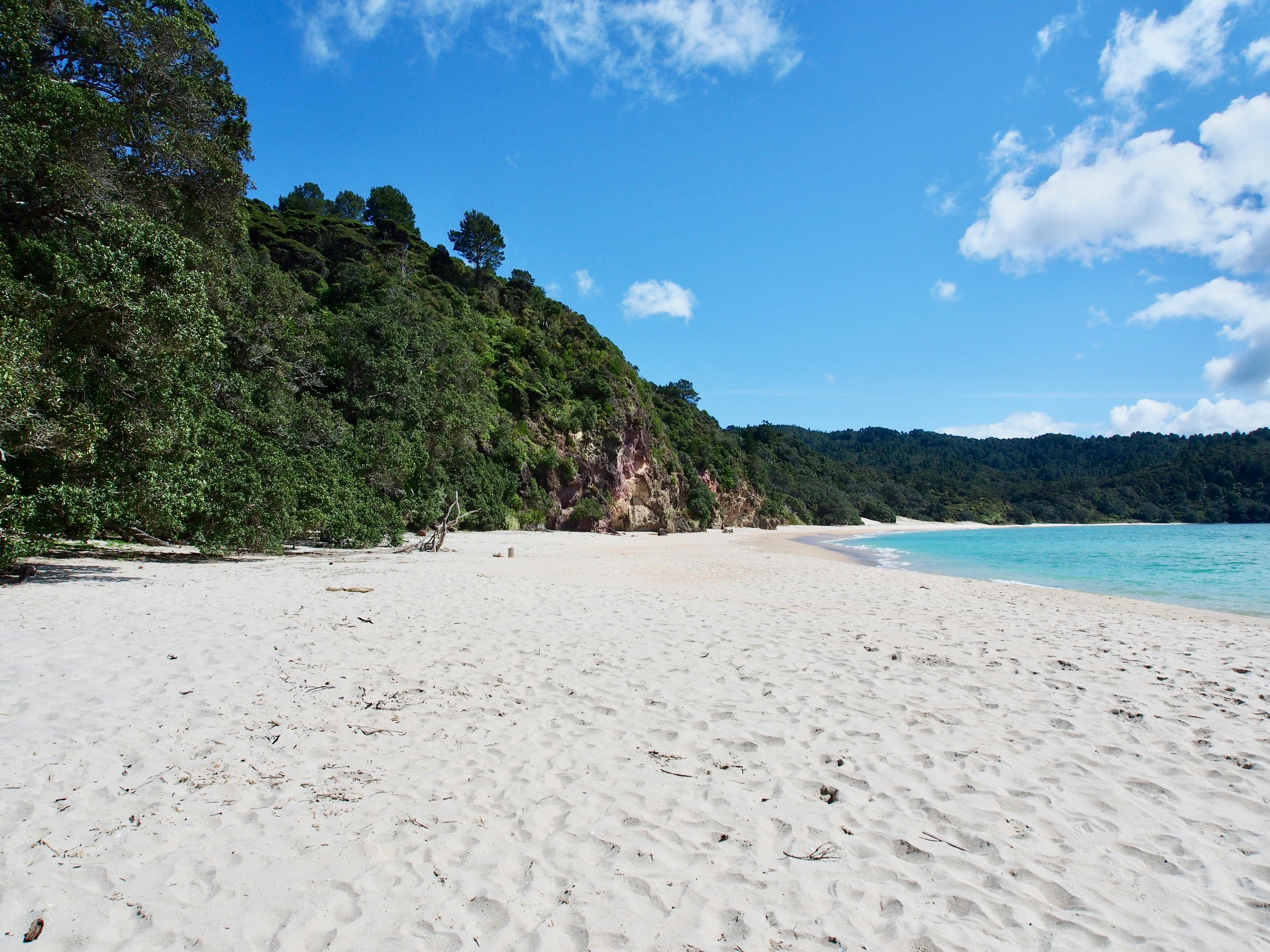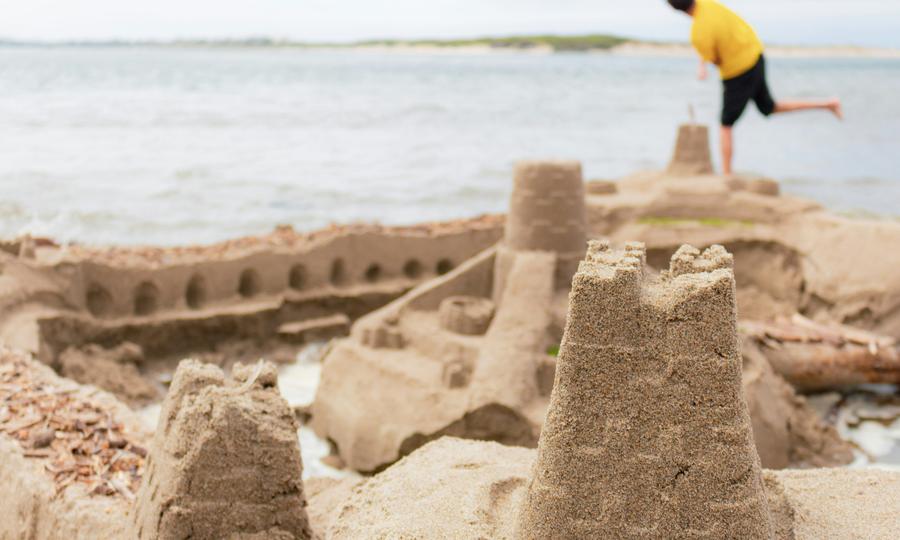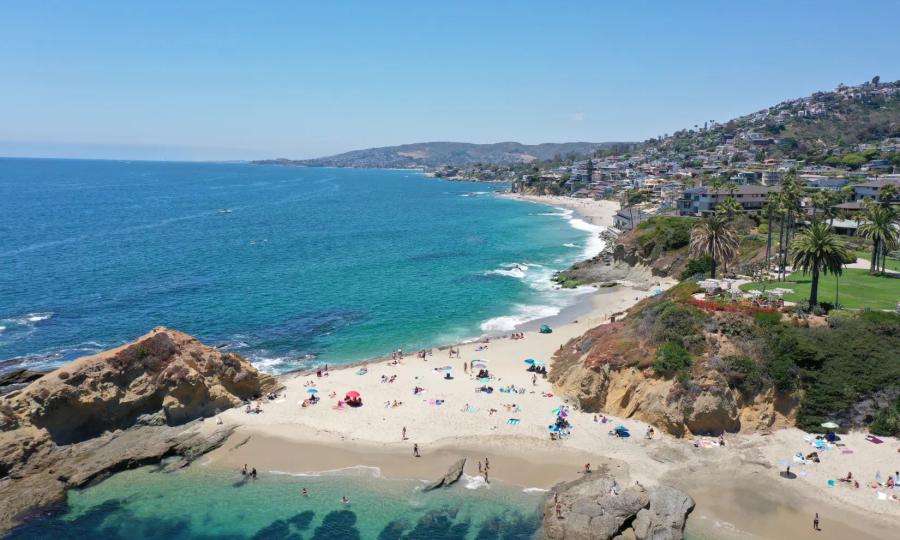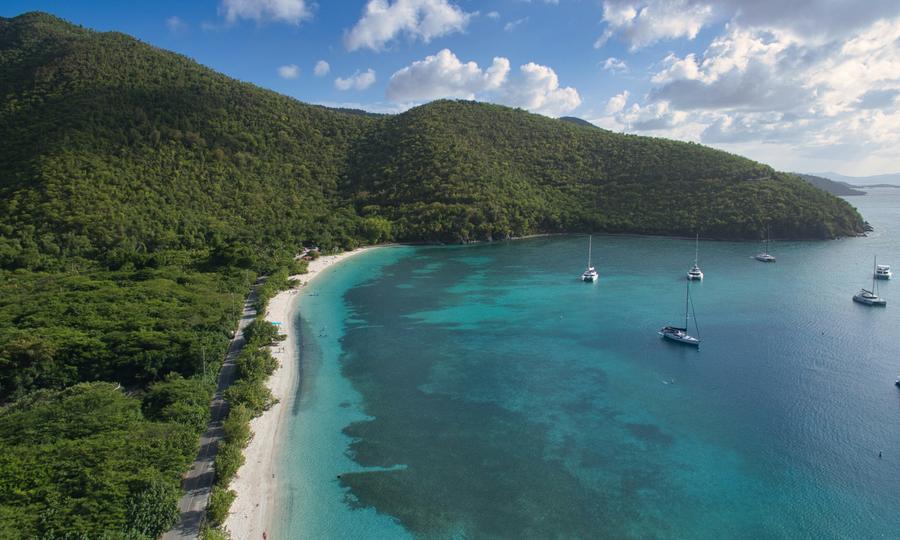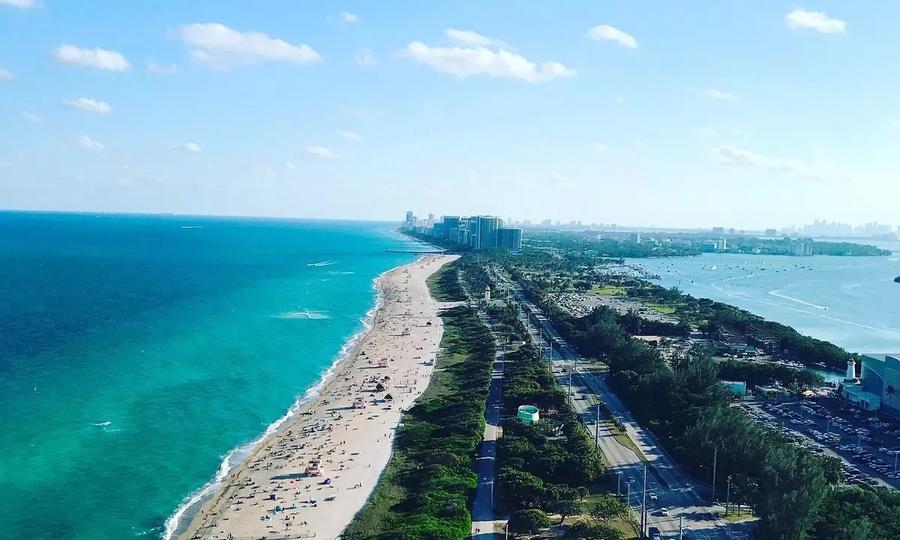Bogoslof Island, located in the Aleutian Islands of Alaska, is a unique and dynamic volcanic island. It is the emergent summit of a large submarine stratovolcano, rising about 6,000 feet from the Bering Sea floor but only 150 feet above sea level at its highest point. The island has been shaped by numerous eruptions, with the first recorded emergence in 1796. It is known for its rugged landscape, including features like Castle Rock and Fire Island, which are remnants of past volcanic activity. Bogoslof Island is uninhabited and serves as a vital breeding ground for seabirds, seals, and sea lions.
The island's volcanic nature means it is frequently altered by eruptions and erosion, making it a fascinating site for geological study. Its remote location and lack of infrastructure make it challenging to visit, but it remains an intriguing destination for those interested in natural wonders.
Bogoslof Island is part of the Alaska Maritime National Wildlife Refuge and was designated a National Natural Landmark in 1967.





